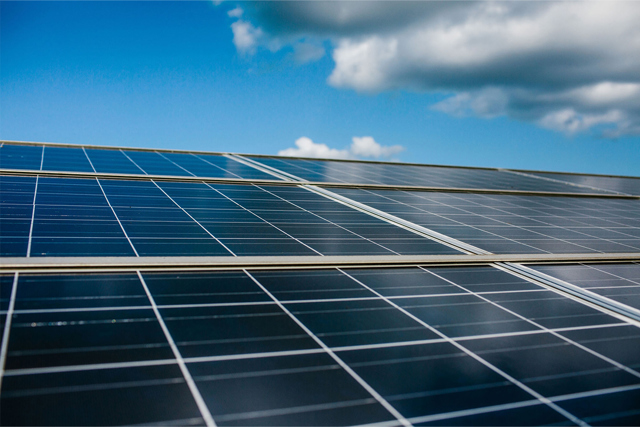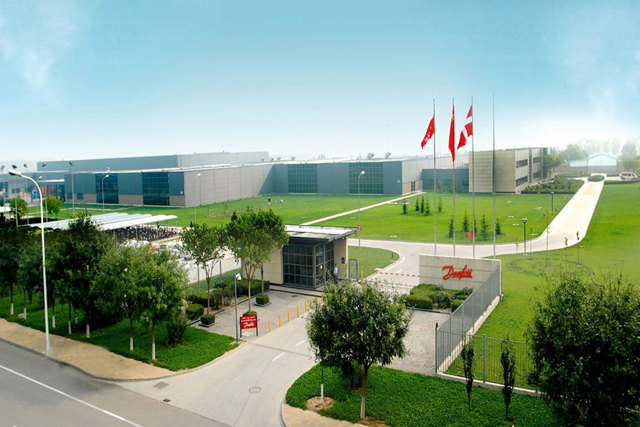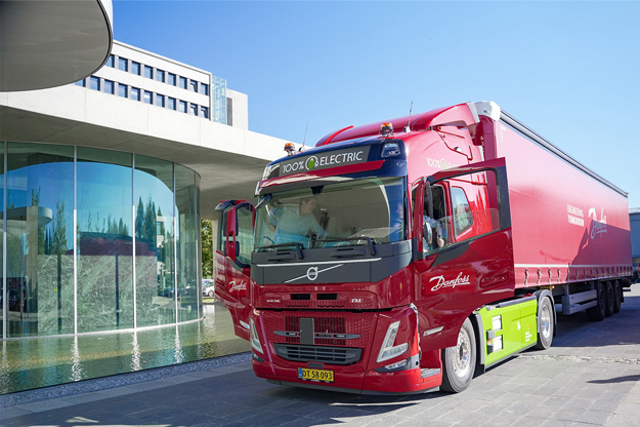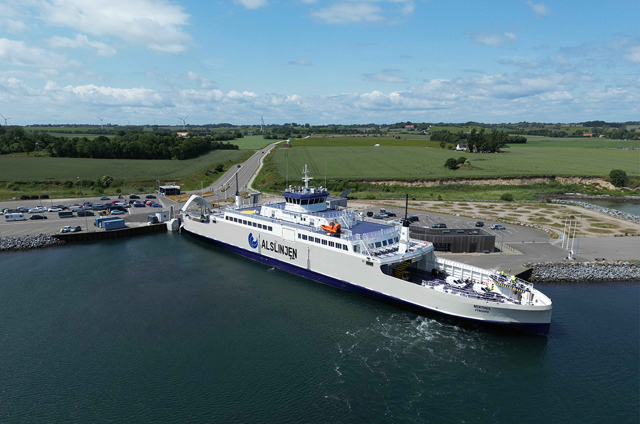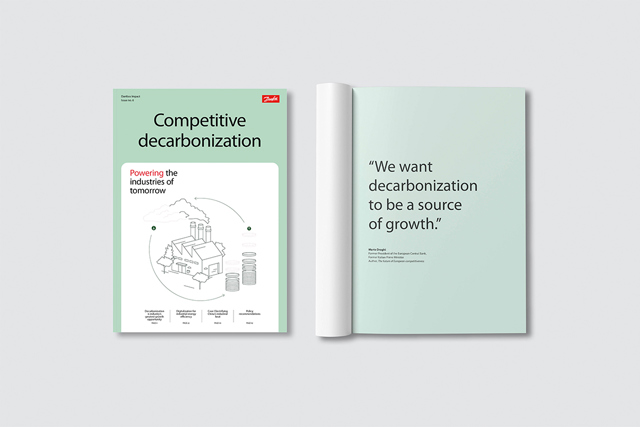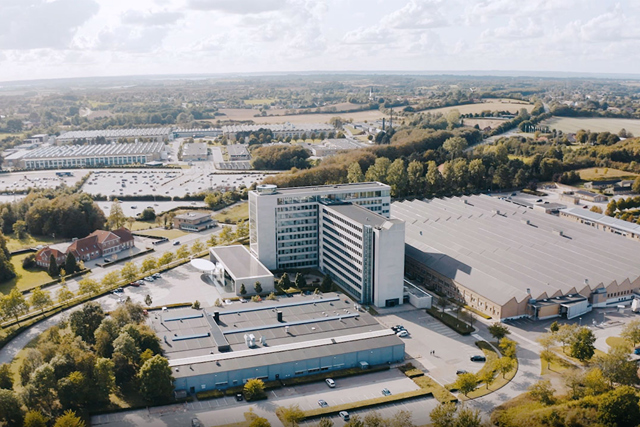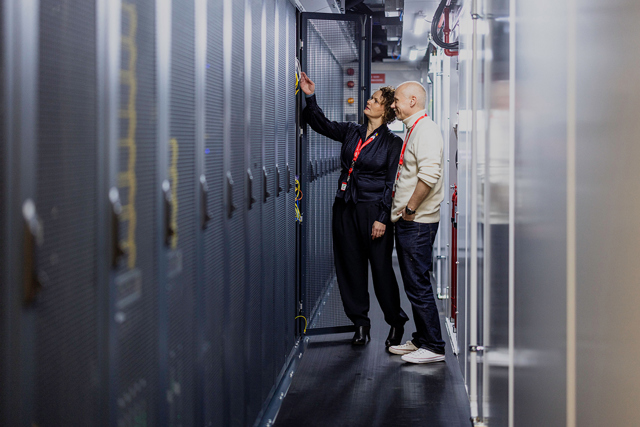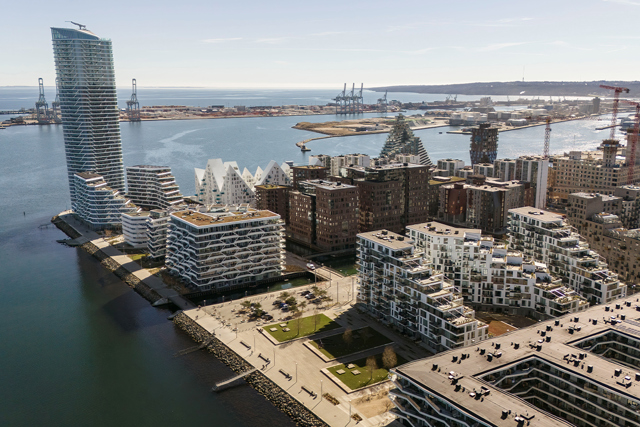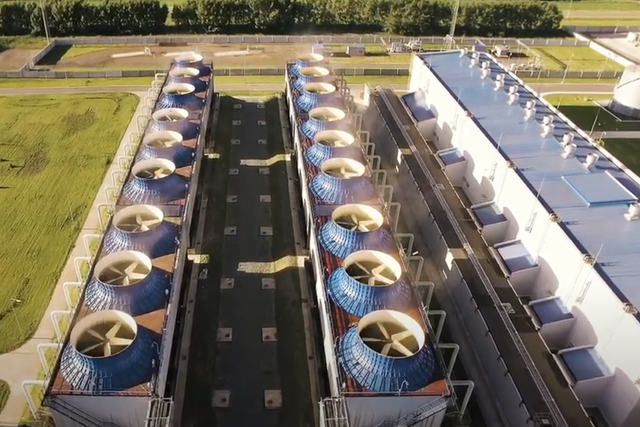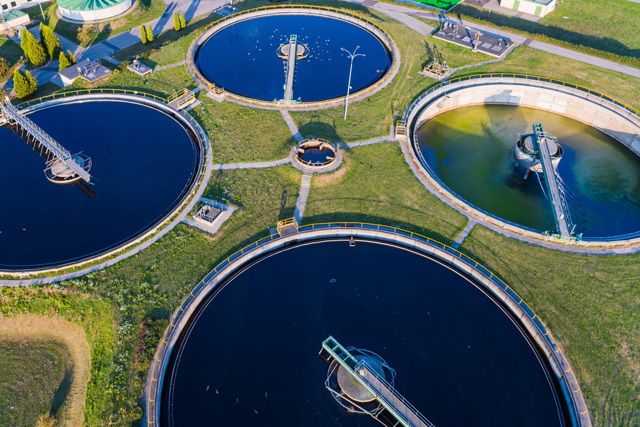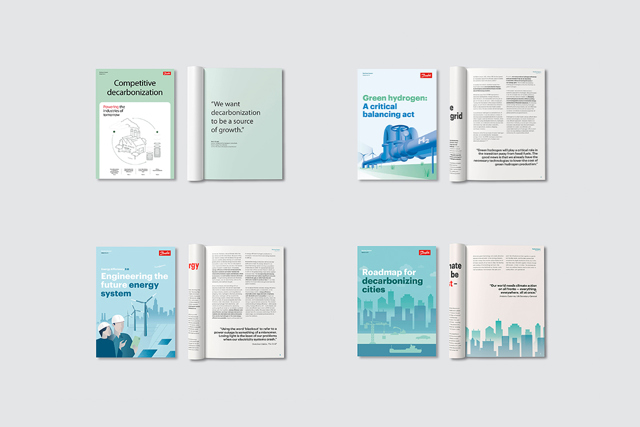
To use renewables, we must electrify wherever possible
The transition to renewable energy sources has become imperative, with electrification playing a pivotal role in this shift. By harnessing sources—such as solar, wind, and hydroelectric power—we can significantly decrease our reliance on fossil fuels, thus curbing the harmful emissions that contribute to climate change. Transitioning to renewable energy promotes improved energy efficiency. In fact, by transitioning from a fossil energy system to a fully electrified one, we can cut up to 40% of final energy consumption. [1] Electrification technology like electric vehicles and smart grids reduce energy consumption and pave the way for a more sustainable energy system. The clean energy transition, coupled with the growing importance of electrification, is instrumental in addressing climate change, reducing greenhouse gas emissions, improving energy efficiency, and meeting environmental targets.
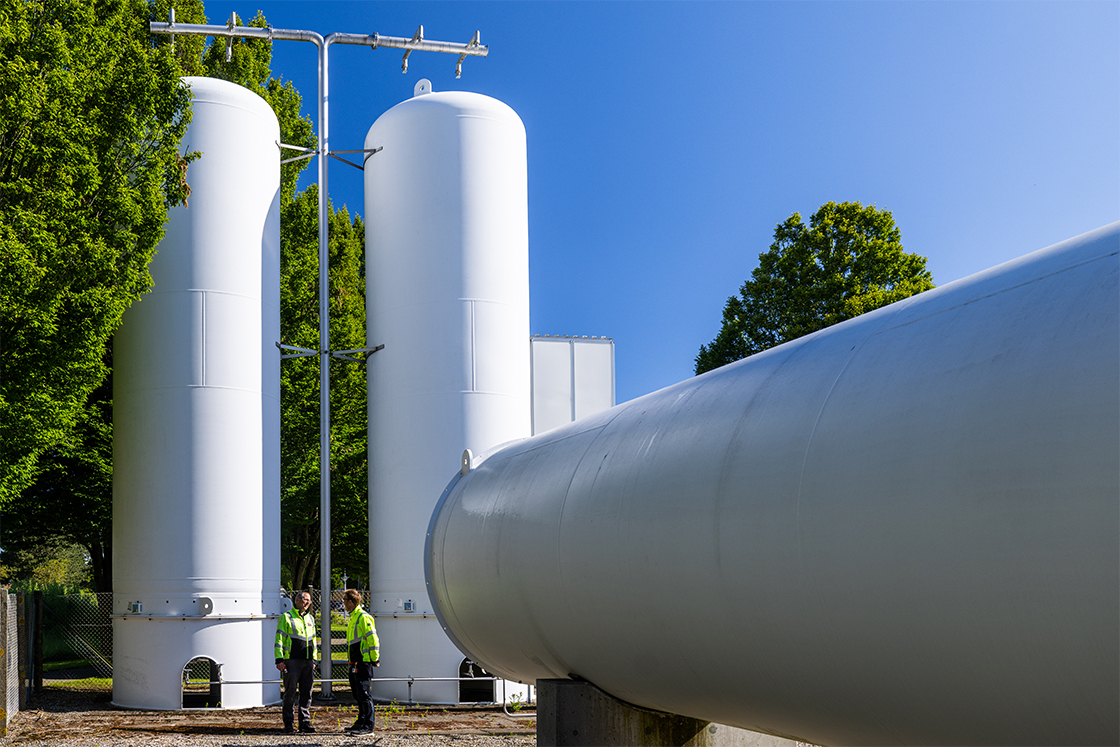
The pathways of electrification
When we think about electrification, we typically think about converting machinery that is currently directly driven by fossil fuels – such as passenger cars – into something that we can charge, ideally using renewable energy sources. This is what we refer to as direct electrification. However, electrification is not just about plugging things into an outlet. We can also indirectly electrify by deploying renewables-based green hydrogen or partly electrify machinery to increase efficiency and decrease fuel consumption. All three pathways of electrification – direct, indirect, and hybrid – will play critical roles in the transition to an energy system based on renewable electricity.
What is electrification?
|
Electrification is the process of replacing technologies that use fossil fuels—like gas-powered engines or heating systems—with electric alternatives powered by clean energy. This shift reduces carbon emissions, improves energy efficiency, and supports a more sustainable future. |

Electrification is energy efficiency
Energy efficiency is having a renaissance. For decades, experts and politicians have been thinking about energy efficiency within the context of a fossil-fuel energy system. However, as the transition to renewables continues, we are required to rethink energy efficiency for an electricity-based energy system. No longer is it only about fossil-fuel-related concepts such as vehicle fuel economy, but it is more broadly about leveraging the efficiency of electricity and electric technologies to lower overall energy consumption.
There is a symbiotic relationship between electrification and energy efficiency. By increasing energy efficiency, it becomes easier and cheaper to electrify. At the same time, electrification enables lower energy loss, ultimately making it a form of energy efficiency. In fact, by transitioning from a fossil energy system to a fully electrified one, we can cut up to 40% of final energy consumption. [3]
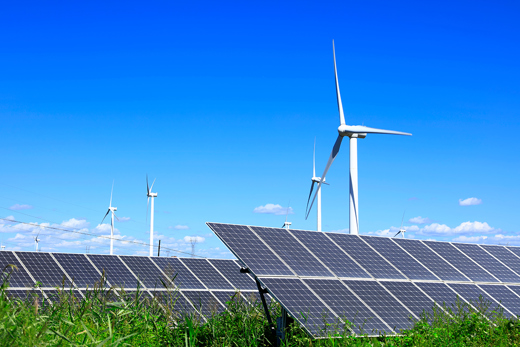
Why is it important to transition to renewable energy?
By 2050, renewables need to make up roughly 70% of the energy mix if we are to reach net zero and the goals of the Paris Agreement. [2] Despite this, there is a lack of attention to what this entails for the energy system. Will we have the capacity and infrastructure to efficiently use all that renewable energy once we have it?
Most renewables produce electricity, so to use that renewable electricity, we must electrify wherever possible. Not only will this enable the transition to renewables, but the increased efficiency of electric technologies will also lower overall energy consumption, emissions, and costs. Whether in buildings, transport, industry, or beyond, we cannot decarbonize without undergoing a deep electrification of our energy system.
How Danfoss is securing renewable power
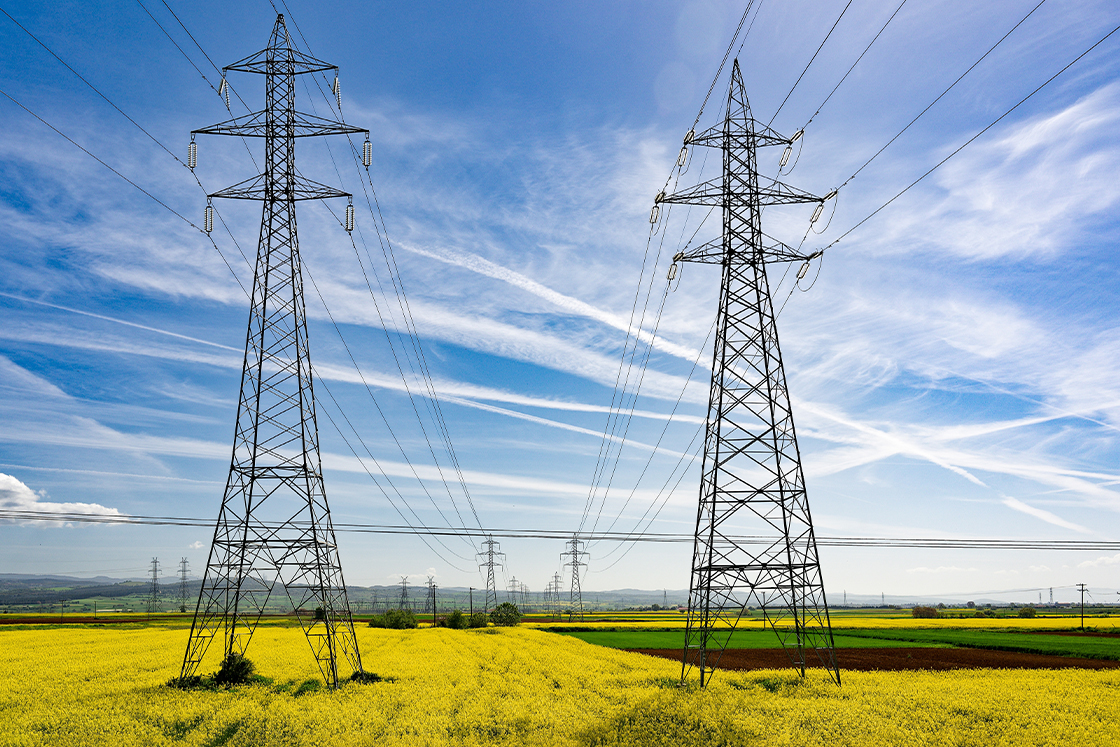
Grid infrastructure
As we phase out fossil fuels, global electricity use must grow 20% faster in the next decade compared to the previous one if countries are to reach national climate and energy goals. [4] However, a deep electrification of our energy system has major implications for our electricity grid. Not only will our grid infrastructure see an influx of new sources of renewable energy, but it will also experience increased demand from major electricity consumers, such as hydrogen production, electric vehicles, and a more deeply electrified industrial sector. Ensuring that our grid is ready to take on this increased load is essential to speeding up the green transition.
By ramping up energy efficiency, we can reduce overall electricity demand. This will limit the total investments needed to build out renewables and expand grid infrastructure. In fact, in the US, grid efficiency upgrades can reduce costs by $10-19 billion annually per region by 2050.[5] On the other hand, failing to increase efficiency can lead to excessive spending on curtailment, energy storage, and unnecessary grid expansion. Grid efficiency is the most cost-efficient way to ensure a stable and secure energy supply.
Electrification across sectors
Electrification is transforming industries worldwide, reducing dependence on fossil fuels, and accelerating the transition to renewable energy systems. Key sectors, including transportation, industrial applications, and residential energy, are experiencing rapid advancements driven by innovation, policy support, and the need for greater energy efficiency. As electrification continues to expand across these sectors, businesses and policymakers play a crucial role in encouraging innovation, building supportive infrastructure, and ensuring a reliable energy supply. The shift to electric solutions is not just about reducing emissions—it’s about creating a more efficient, resilient, and sustainable future.

Transportation electrification: The rise of electric mobility
The transportation sector is one of the most visible areas of electrification, with electric vehicles (EVs) becoming mainstream. Passenger EV adoption is surging, supported by advancements in battery technology and widespread charging infrastructure. Public transportation is also evolving, with electric buses and trains reducing emissions in urban areas.
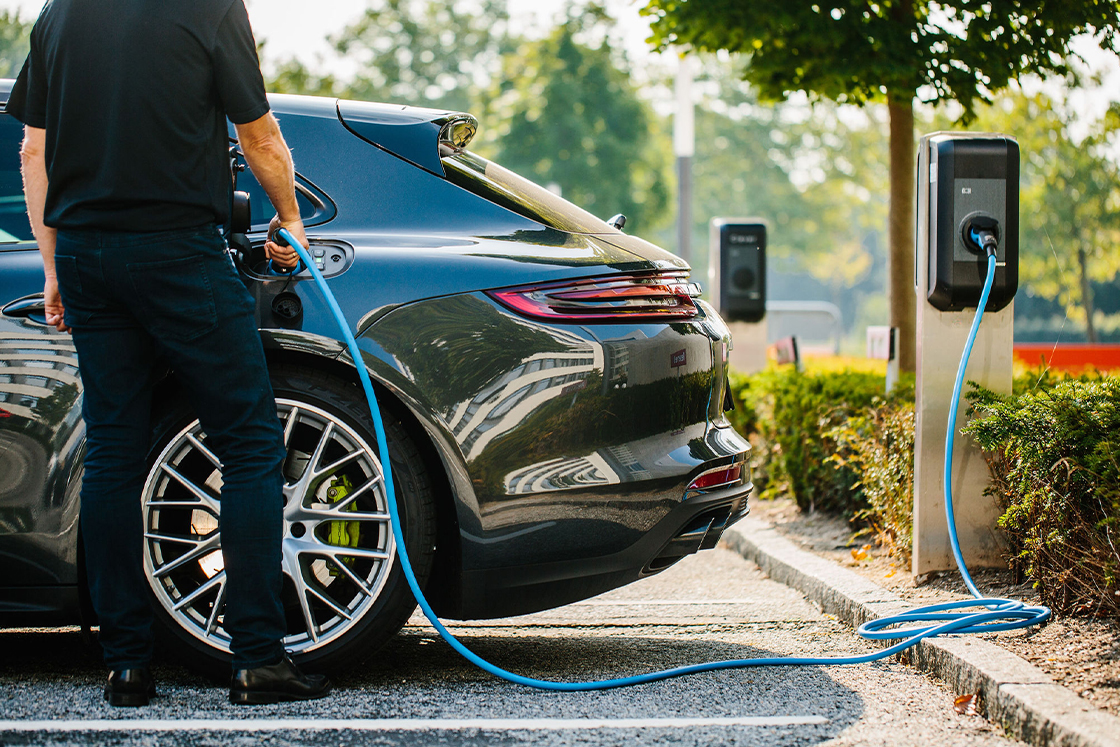
Vehicle electrification, hybrids, buses, trucks, and charging infrastructure
The vast majority of cars and buses today are still powered by fossil fuels, resulting in the emission of air pollutants. Improving air quality will, therefore, require a total phasing out of vehicles powered by fossil fuel combustion.
E-mobility allows us to move away from CO2-emitting fossil fuels towards energy supplied from electrical power sources that are, in turn, charged through the electricity grid. By decarbonizing the transport sector, electromobility will create a cleaner, healthier, and more affordable future for everyone.
Although many clean technologies are available, such as hydrogen or alternative fuel powered engines, the electrification of transport is the most viable strategy to tackle urban air pollution. This means that internal combustion engines are replaced by electricity-powered engines, including battery-equipped electric vehicles, Plug-in Hybrid Electric Vehicles, and hybrid electric vehicles – all of which are referred to as EVs.
E-mobility in action

Electric off-road vehicles
Electrification will be a key trend in off-highway vehicles as ever-stricter emissions standards are introduced and efforts are made to reduce emissions. However, the electrification of off-road vehicles is currently happening at a much slower rate than on-road vehicles. In 2050, electrification is expected to range from 34% in the US to 41% in Europe (Navigant report).

The future of marine vessels
Waterway traffic is increasing and is having an impact on global transportation, the food chain, national defense, and even leisure time. More than 100,000 commercial and 25,000 naval vessels are operating globally. Ferries and other marine vessels can be electrified, both saving costs and reducing emissions. The potential is substantial.
Battery electric ships are almost twice as efficient as ships with an internal combustion engine and the higher efficiency will offset the higher price of electric ships, given an average lifetime of 20-25 years.
Electricity will be the most cost-optimal fuel to decarbonize domestic EU shipping, making fully electrified water transport a must for future environmental success.
Danfoss is looking to the future with many solutions for fully electric, serial hybrid, and parallel hybrid electrification of marine systems.
Electrifying maritime transport
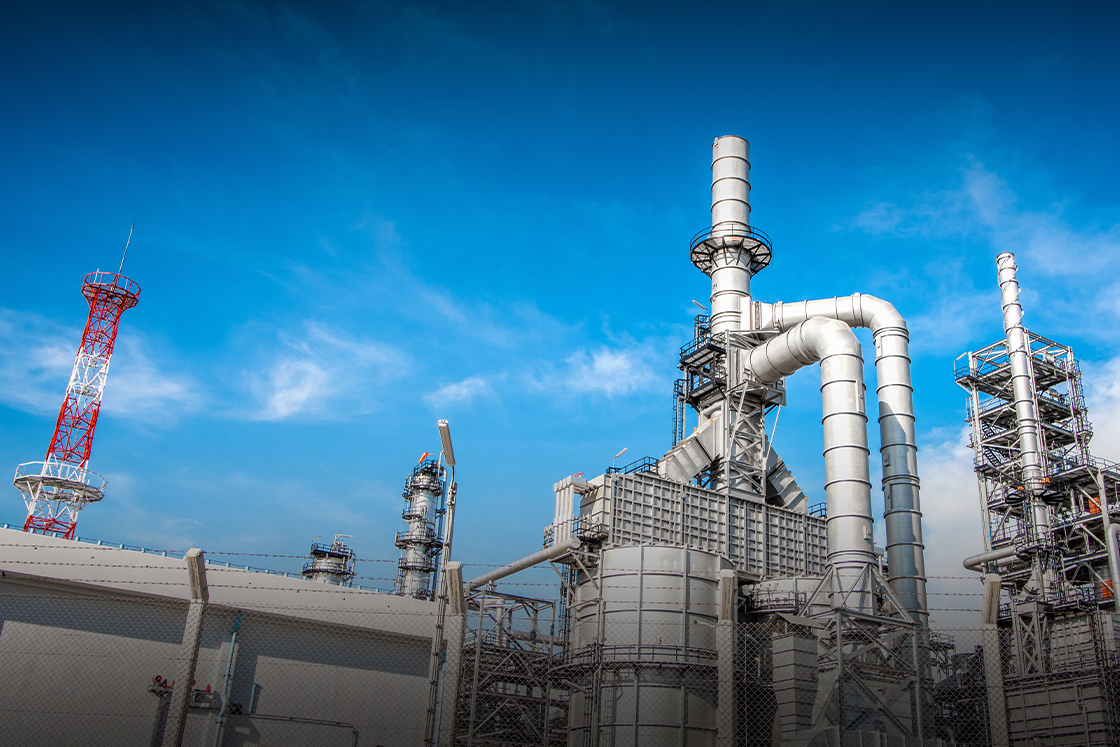
Industrial electrification
If done the right way, it is possible to decarbonize industry while also boosting competitiveness. It requires companies to follow three key steps:
- Increase efficiency
- Electrify wherever possible
- Integrate sectors and processes
Indeed, electrification is one of the most important steps in industrial decarbonization. This is because, in many cases, electric technologies can generate the same output as a fossil-driven equivalent but with a much lower energy input because vast amounts of energy are wasted as heat when we burn fossil fuels. In fact, according to a study from Oxford University, by transitioning to a fully electrified energy system, we could cut up to 40% of final energy consumption. [6]
Industrial electrification allows for full utilization of renewables and will result in both fewer curtailment costs and lower carbon-related taxes for companies. 78% of industrial energy use can be electrified today, and 99% can be reached with technologies already in development. This widescale electrification would cut GHG emissions by nearly 80% and mitigate almost all energy-related emissions in these industries. [7]
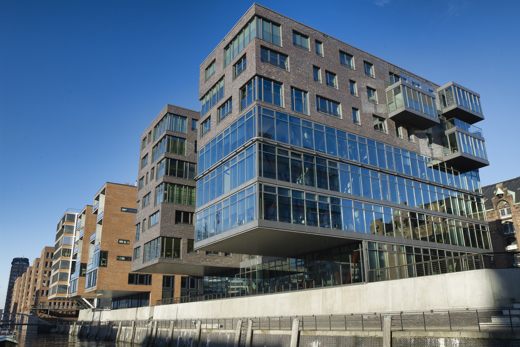
Residential electrification: Smarter, cleaner homes
Home electrification is reshaping how we consume energy. Heat pumps are replacing traditional gas furnaces, providing efficient heating and cooling with lower emissions. Solar panels, combined with battery storage, allow homeowners to generate and store their own electricity, reducing reliance on the grid. Smart home technologies, such as electric water heaters and induction stoves, further optimize energy use while enhancing convenience.
How can governmental policies speed up electrification?
National and local governments have a large role to play in ensuring the uptake of electrification and hybrid technologies.
To further implementation, they can:

